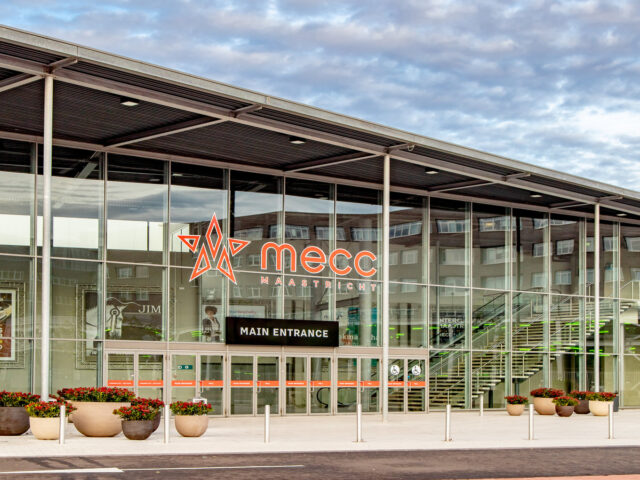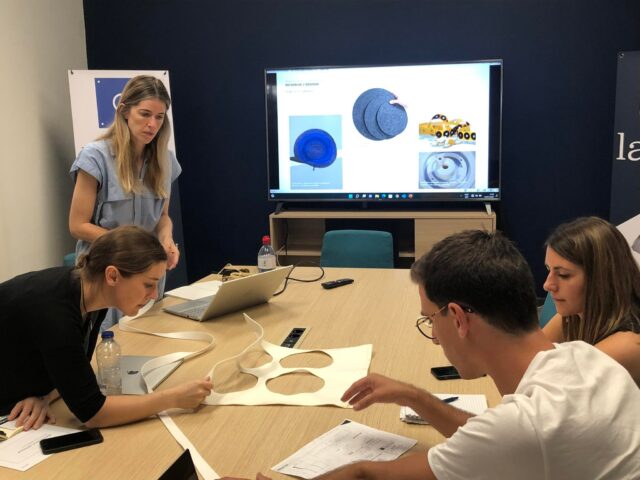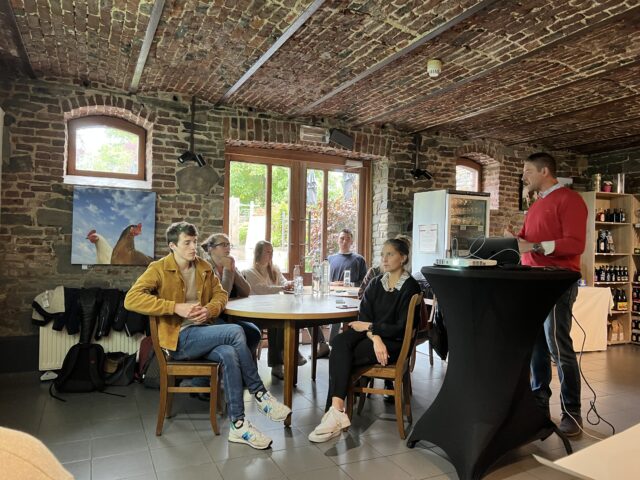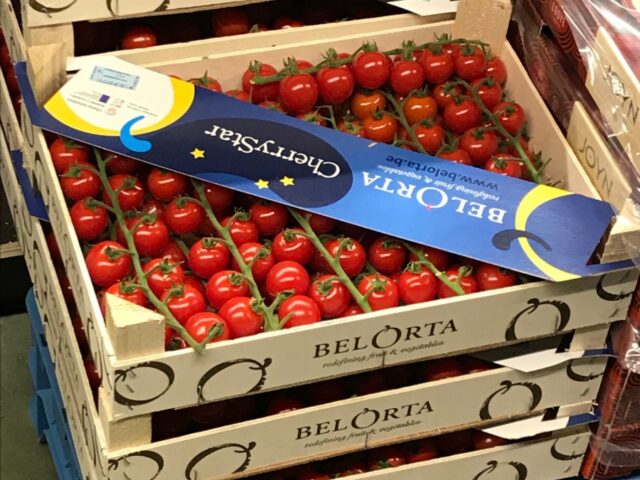The fruit and vegetable industry makes extensive use of crates for their transport, and paraffin paper is used to protect fruit and vegetables. However, this specially coated paper or cardboard cannot be recycled and ends up in the residual waste. Can this be avoided? Or reused? The use of an innovation pathway.
The BelOrta cooperative has existed for over 70 years and during that time many conventions have crept in, for example, in the way they package and transport fruit and vegetables. Transport from grower to auction, or from auction to retailers/restaurants, export, … The company’s largest residual flows are therefore to be found in this area. For example, the simple wooden fruit crates with apples, pears or mandarins… but also the use of paraffin as a protective layer for fruit and vegetables.
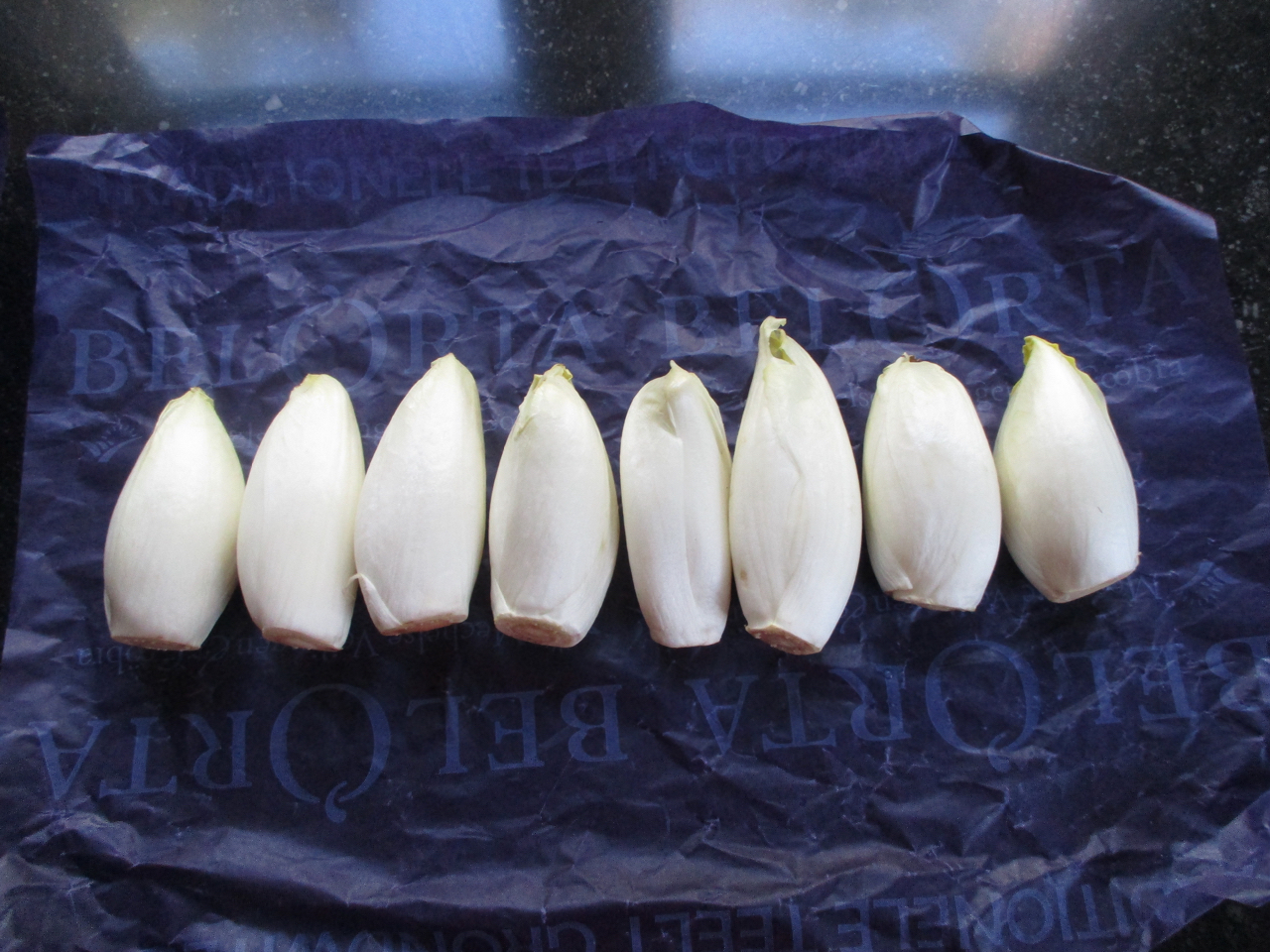
“Paraffin-coated paper and cardboard cannot be recycled with normal paper.
Are there not better and more sustainable alternatives?
We want to find out.”
Tom Janssen
– Wanderful.stream
UCLL Research & Development
EUROPEAN MARKET LEADER
Paraffin-coated paper and cardboard are widely used and form a barrier to grease, water and odour. However, this mixed paper cannot currently be recycled together with paper and is disposed of with residual waste (landfill or incineration). Good for energy valorisation, but it could be better. This is also the conviction of BelOrta, with its 1,350 affiliated growers the largest cooperative fruit and vegetable auction in Belgium (merger of Mechelse Veilingen, Coöbra and Veiling Borglon) and as European market leader they have a turnover of 400 million euros. Millions of fruit and vegetables are grown and traded every year. It wants to take the lead in sustainability and circularity.
“With BelOrta, we naturally
have been focusing on sustainability for some time.
We want to set a good example
for the whole sector.”
Wim Hubrechts
– coordinator sustainability BelOrta
“With BelOrta we try to take a lot of steps ourselves in the field of sustainability”, says Wim Hubrechts, coordinator sustainability BelOrta, “but when we were introduced to Wanderful.stream, we put it to the test by looking together at the Borgloon site to see which flows could still be improved. The problem of the limited shelf life of the wooden fruit crates was one, but also the many sheets of paraffin…”. In view of this material and its limited use, sustainable alternatives could be to use less of this paraffin paper, or to reuse it in a different application.
Given the widespread use of paraffin in the food sector, the innovation pathway could make a big difference. Therefore, the team wants to investigate possible reuse applications for this type of paper, whether or not in combination with other waste streams, but also whether there are sustainable alternatives that can be used for these applications.
Under the supervision of Tom Janssen, a team was put together in which the technological experts within UCLL Research & Development work together with designer Frederik Boonen (Boonen Design Studio) and Birgitt Deckers (Studio Planeet) as business developer. The same team also wants to tackle another of BelOrta’s waste streams, namely the wooden fruit crates. This residual flow is also being dealt with in a separate innovation project to make the fruit boxes more sustainable. You can read more about that in this article.
During the Community Event on 3 July 2020, moderator Xavier Taveirne had a deeper discussion with the above actors. You can watch it again here.
